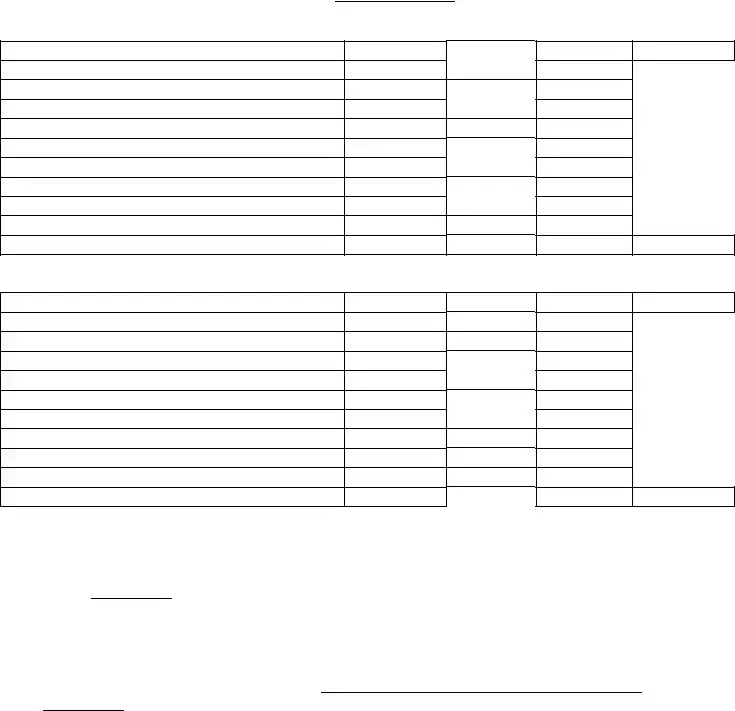What is a High School Transcript?
A high school transcript is an official document that records a student's academic achievements during their time in high school. It includes information such as courses taken, grades received, and overall GPA. This document is essential for college applications, job applications, and other opportunities that require verification of educational background.
Why do I need to request my High School Transcript?
You may need to request your high school transcript for several reasons. Colleges and universities often require transcripts as part of their admissions process. Employers may also request transcripts to verify your educational qualifications. Additionally, if you are transferring schools or pursuing further education, your new institution will likely require your transcript to evaluate your previous academic performance.
How can I request my High School Transcript?
To request your high school transcript, you should contact your high school’s guidance office or registrar. Many schools offer online forms or have specific procedures in place for transcript requests. It’s important to provide all necessary information, such as your full name, date of birth, and the year of graduation, to ensure prompt processing.
Is there a fee to obtain my High School Transcript?
Some high schools may charge a fee for requesting transcripts, while others may provide this service at no cost. Fees can vary based on factors such as the number of copies requested or expedited processing. It’s best to check with your school’s guidance office to understand any applicable fees before making a request.
How long does it take to receive my High School Transcript?
The processing time for receiving your transcript can differ based on the school’s policies and workload. Typically, transcripts are processed within a few days to a couple of weeks. If you need your transcript quickly, consider requesting expedited processing if available. Always plan ahead to ensure you meet any deadlines for submissions.
What should I do if my High School Transcript contains errors?
If you notice any errors on your transcript, it’s crucial to address them promptly. Contact your high school’s guidance office to inform them of the discrepancies. They will guide you through the process of correcting any inaccuracies. Providing supporting documentation can expedite the correction process.
Can I access my High School Transcript online?
Many high schools now offer online access to transcripts through their official websites. If your school does provide this option, you may need to create an account or use your student login credentials. Alternatively, you can also request a physical copy through the guidance office via phone or email.
How do colleges use my High School Transcript?
Colleges use high school transcripts to assess your academic performance and suitability for admissions. They review your GPA, class rankings, and the rigor of courses taken. Additionally, transcripts help schools identify qualified candidates and evaluate your preparedness for college-level work. A strong academic record can enhance your chances of being accepted into your desired programs.


